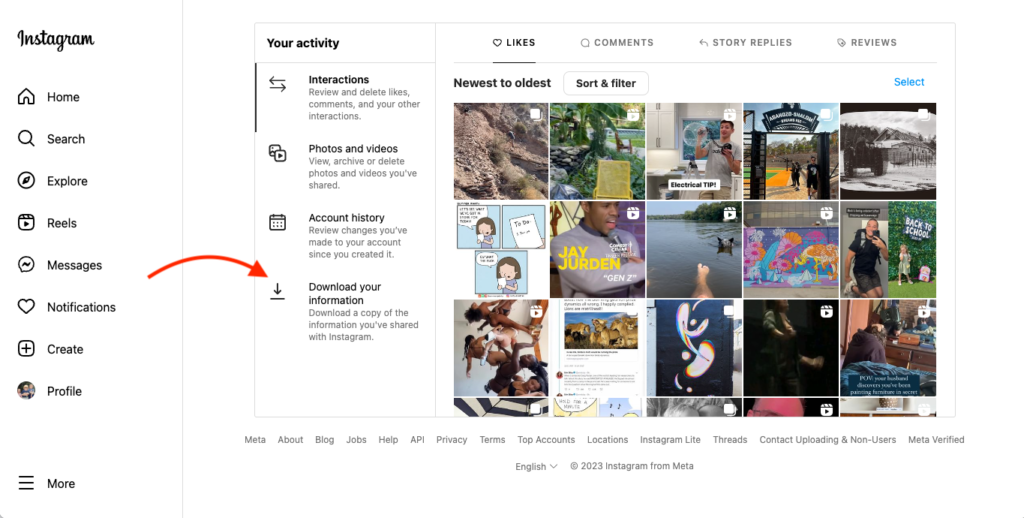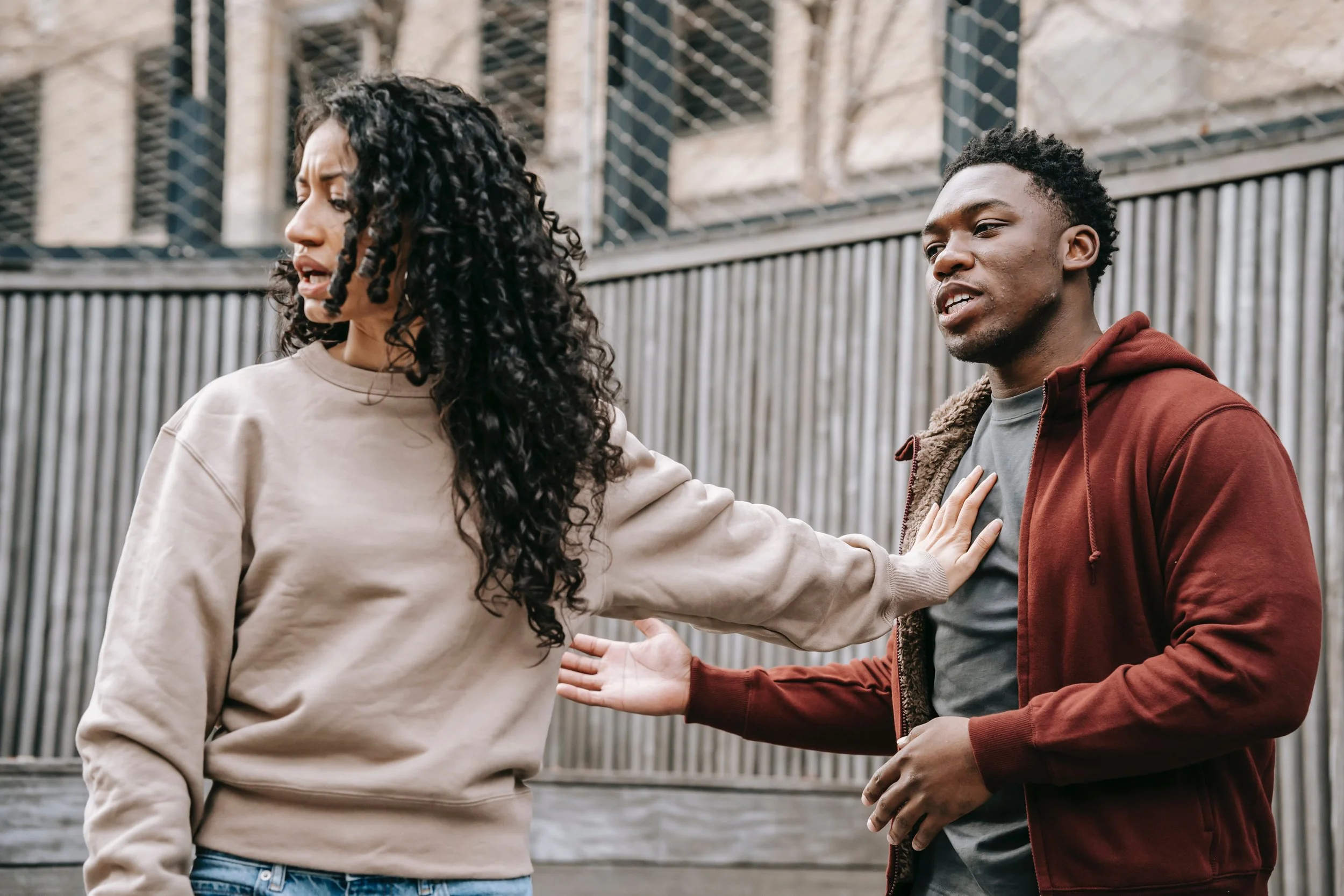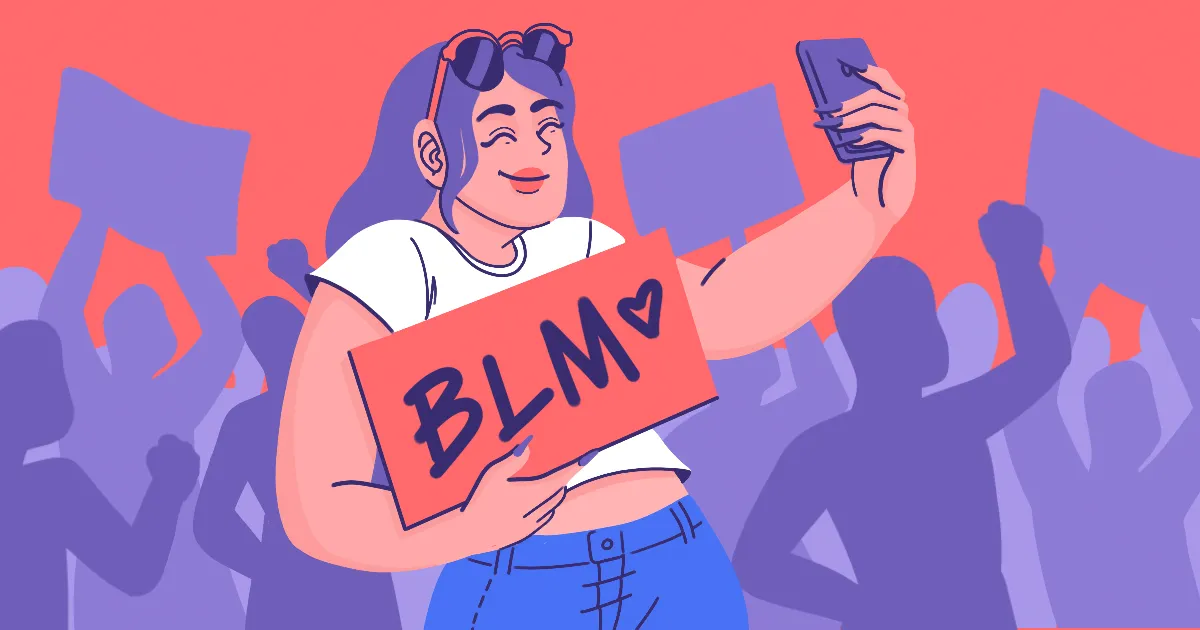Now Reading: How Trends Manipulate Opinions Silently
-
01
How Trends Manipulate Opinions Silently
How Trends Manipulate Opinions Silently

Trends on social media, news platforms, and even in local communities shape the way people think, often without them realizing it. In Tier 2 cities, where access to diverse perspectives may be limited, viral content, popular hashtags, and trending topics can influence opinions subtly, guiding what people consider important, fashionable, or acceptable.
One way trends manipulate opinions is through repetition. When an idea, product, or viewpoint appears repeatedly online, it feels familiar and credible, even if it lacks depth or accuracy. This constant exposure can shift public perception over time.
Algorithms also play a role by showing users content similar to what they already engage with. This creates echo chambers where certain opinions dominate, making alternative perspectives less visible. In smaller cities, this can reinforce stereotypes or popular narratives without critical evaluation.
Peer influence amplifies the effect. Likes, shares, and comments signal approval, prompting others to align with the trend. People may adopt opinions to fit in, gain social validation, or avoid criticism, often without questioning the underlying facts.
Trends are not inherently bad, but uncritical acceptance can distort judgment and reduce independent thinking. Recognizing how trends influence perceptions allows individuals to engage thoughtfully, verify information, and form opinions based on understanding rather than popularity.
Ultimately, awareness is key. Being mindful of the silent power of trends helps people retain autonomy over their choices and ensures that opinions reflect personal reasoning rather than passive influence.

























